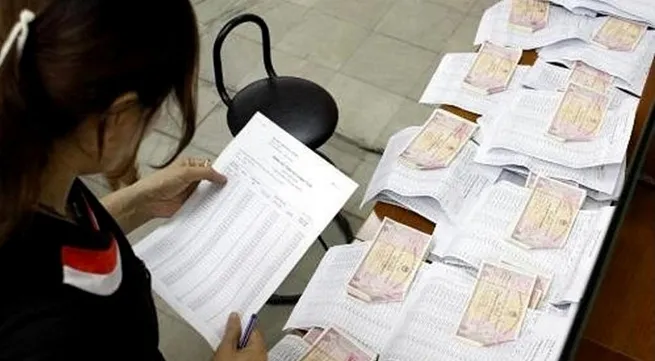Vietnam’s corporate bonds surge despite COVID-19: ADB

In the latest issue of the ADB’s Asia Bond Monitor, the lender said that improving global investment sentiment and financial conditions provided a much-needed lift for local currency bond markets in emerging East Asia, including Vietnam, despite risks from the coronavirus pandemic.
According to the report, Vietnam’s local currency bond market contracted by 1.7% at the end of June this year to reach US$58.2 billion, after posting a healthy quarterly growth of 10.4% in the first quarter. This is mainly due to lower outstanding debt in the government sector, even as the corporate bond stock increased.
Vietnam’s government bond segment contracted 7.8% quarter-on-quarter at the end of June 2020 to reach US$50.1 billion, accounting for 86.2% of the country’s total bond stock. Corporate bonds, however, surged by 65.6% quarter-on-quarter to reach US$8 billion in the second quarter. On an annual basis, growth in corporate bonds stood at 76% at the end of June this year.
Governments in the region have been swift in dealing with the impact of the COVID-19 pandemic through a wide range of policy responses, including monetary easing and fiscal stimulus, said ADB Chief Economist Yasuyuki Sawada. It is crucial that governments and central banks maintain accommodative monetary policy stances and ensure sufficient liquidity to support financial stability and economic recovery, he added.
Government bond yields in most emerging East Asian markets declined from June 15 to September 11 on the back of accommodative monetary policies and weakened growth across the region. Meanwhile, improving sentiment has led to gains in the region’s equity markets and a narrowing of credit spreads, with most regional currencies gaining strength against the US dollar.
Local currency bonds outstanding in emerging East Asia reached US$17.2 trillion at the end of June, up 5% from March this year and 15.5% higher than the figure from June 2019. As a share of regional gross domestic product, emerging East Asia’s local currency bonds outstanding climbed from 87.8% in March to 91.6% at the end of June, mainly due to the large amount of funding needed to fight the pandemic and mitigate its impact. Bond issuance in the region totalled US$2 trillion in the second quarter, increasing by 21.3% from the first quarter this year.
The region’s government bonds outstanding reached US$10.5 trillion at the end of June and accounted for 60.8% of the region’s aggregate bond stock. Meanwhile, Corporate bonds totalled US$6.7 trillion.
According to the report, a worsening and prolonged COVID-19 pandemic that could further dent the region’s economic outlook is the biggest downside risk to financial stability. ADB is projecting a 0.7% contraction for Asian development in 2020.
Tags:





